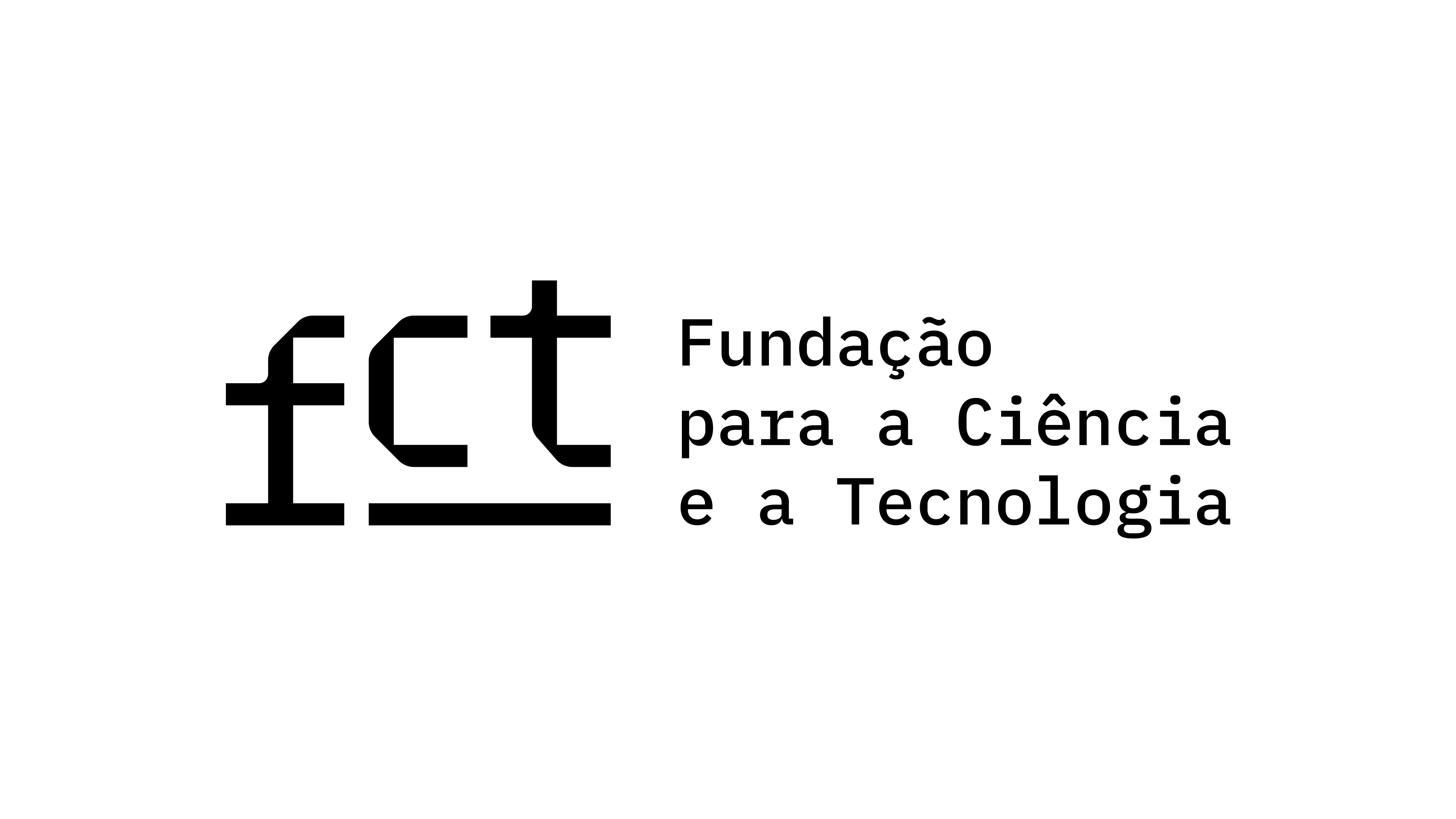Eija-Liisa Ahtila: The Palpable Event
Keywords:
Aion, Chronos, Event, Installation, NarrativeAbstract
The widely accepted reading of Eija-Liisa Ahtila’s work is that her use of multiple screens and fragmented, multilayered, narratives of unstable subject positions and multiple assemblages of enunciation produces an embodied experience of the palpitations of time as it flows backwards and forward in heterogenic durations.
It is claimed that her use of the installation form to portray this resolves the longstanding and still pressing debates about the seeming irreconcilability between the demands of the critical viewer and the seductions of the immersive environment. This paper reviews the way this question is framed by Marc Augé, Peter Osborne, Jane Philbrick, Catherine Elwes and Jessica Morgan, and argues that her film installations recompose the problem in the creation of works that “think” through dynamic and non-decomposable interplays between affective, perceptual and cognitive strategies.
This movement away from the stagnant debate between formalism and illusionism is pushed still further by the deployment of the Deleuzian concept of the Event. For Deleuze, the Event is both an historical instance and an ongoing instantiation of the features of European consciousness. Where is Where? (2010) is an exemplary rendition of the Event structure of life and the potential of the cinematic installation form to make the Event palpable. In this way, the Event is intensified and the installation is made into an Event itself.
This paper uses the concepts rarely used in film theory, aion, chronos and the event, as they were developed by Deleuze in one of his most philosophical books, The Logic of Sense, and takes other concepts from his wider conceptual armory, to identify a singularly productive encounter between philosophy, film and the installation form.





